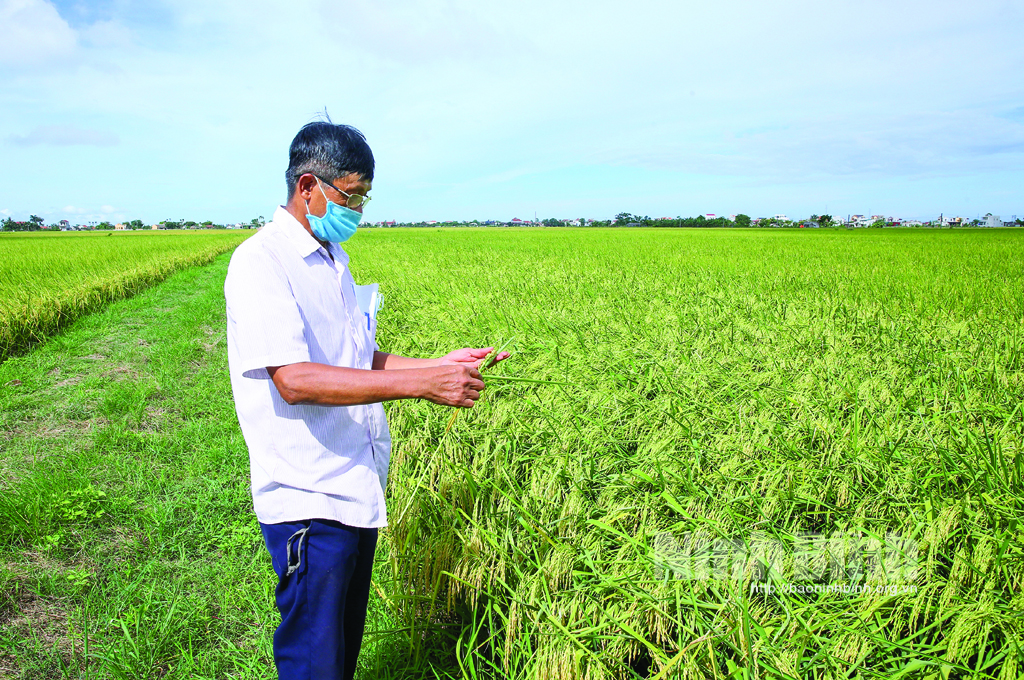Ninh Binh boosts application of high technologies in cultivation

When it was reestablished in 1992, Ninh Binh was a poor province. Its agriculture sector accounted for over 60 percent of its GDP; food output was 330 kg per capita; while its rice fields were scattered and farming techniques were out of date and productivity remained low.
Through provincial party congresses, Ninh Binh has issued numerous resolutions and directives to define tasks and solutions to develop agricultural economy.
Accordingly, the province has gradually planned rice fields into large concentrated areas, boosting eco-agriculture which created clean and safe products while helping to protect the environment.
In particular, on October 24, 2016, the Ninh Binh Party Committee issued Resolution No. 05 on developing the agricultural economy toward commodity production by applying high technologies and sustainable farming practices in the period of 2016 - 2020 with an orientation to 2030.
The Resolution became a driving force to change farmers' mind from agricultural production into developing the agriculture economy.
In addition to other support policies, numerous effective economic development models have been applied and multiplied in the whole province.
To date, the ratio of high-quality rice fields has accounted to 72.5 percent of its total rice planting area.
Local farmers have successfully applied organic farming practices from just 10 hectares in 2018 to over 1,000 hectares in 2022, and continued expanding to in other localities.
The province has zoned off concentrated vegetable and fruit production areas which apply hi-technologies and use stamps of origin tracing. At the same time, the awareness of farmers in producing clean products has been raised remarkably.
The move has created new momentum for the province's agriculture sector to change robustly in terms of both quality and quantity, contributing to Ninh Binh's socio-economy development.
Translated by Nguyen Thuy


